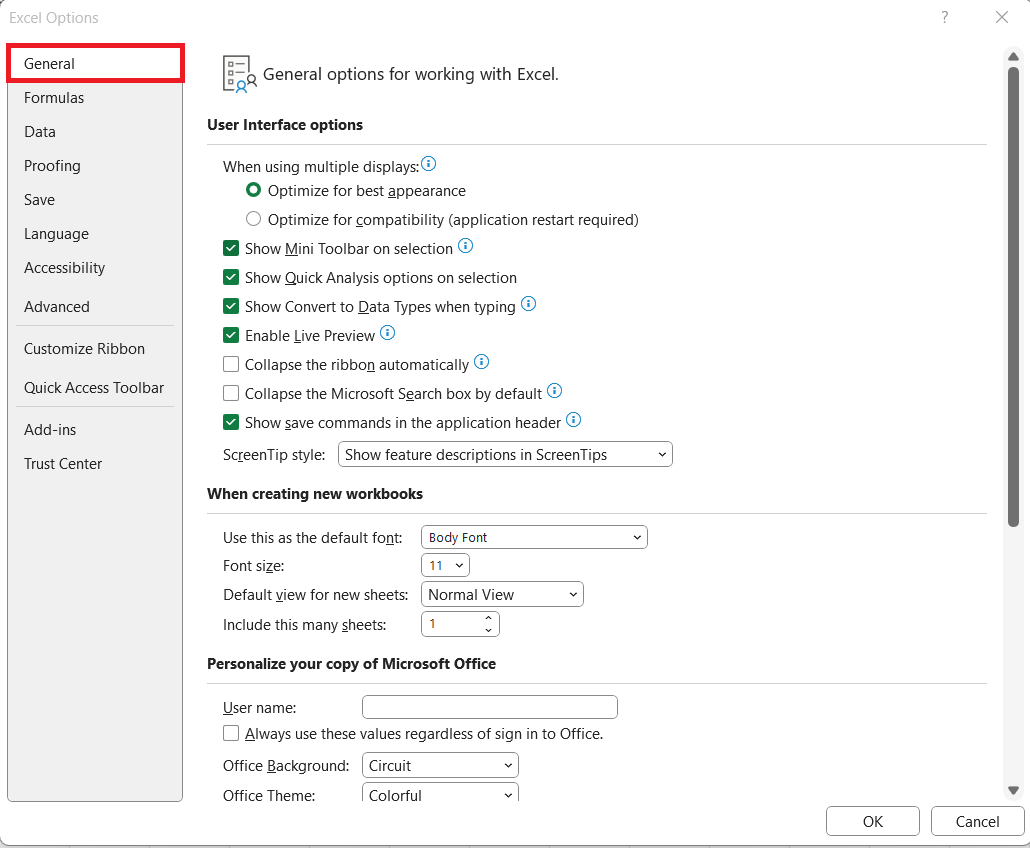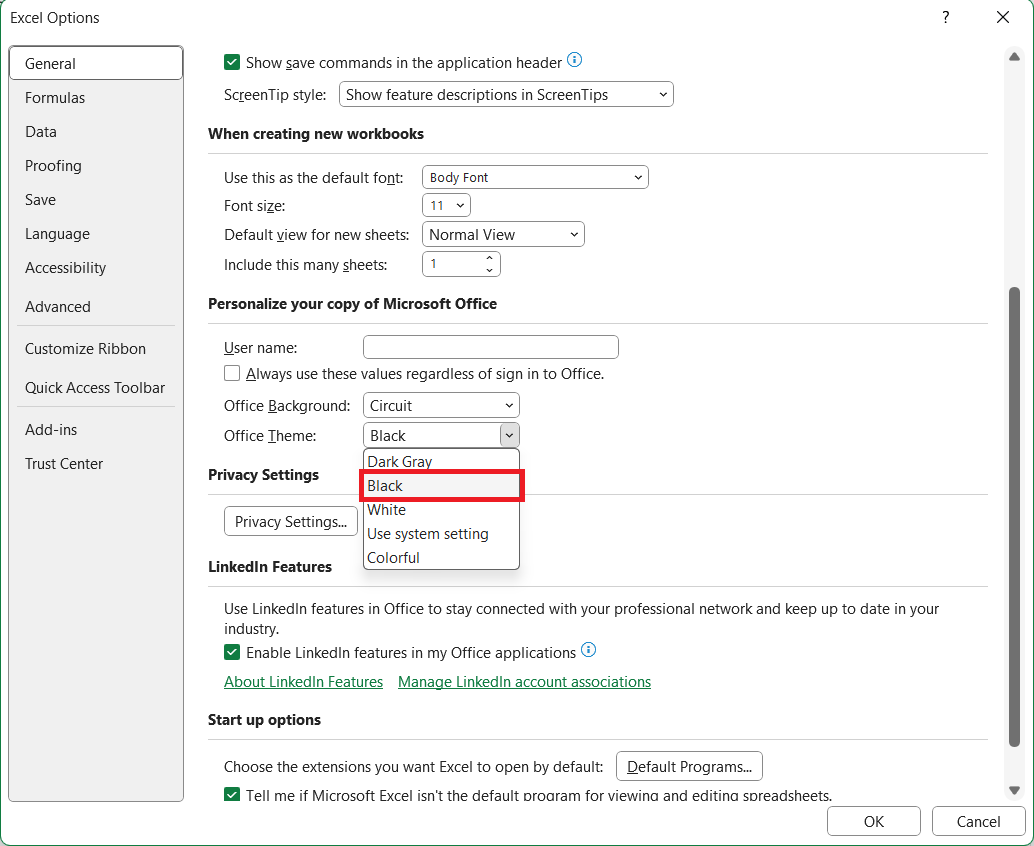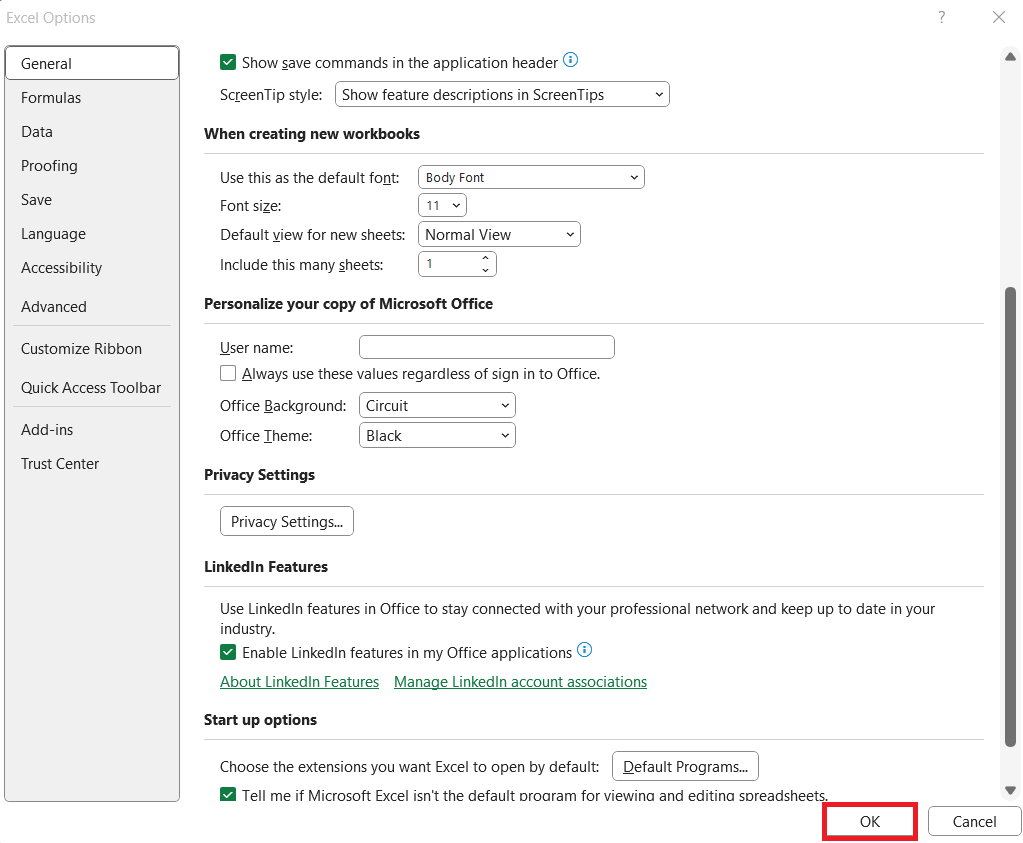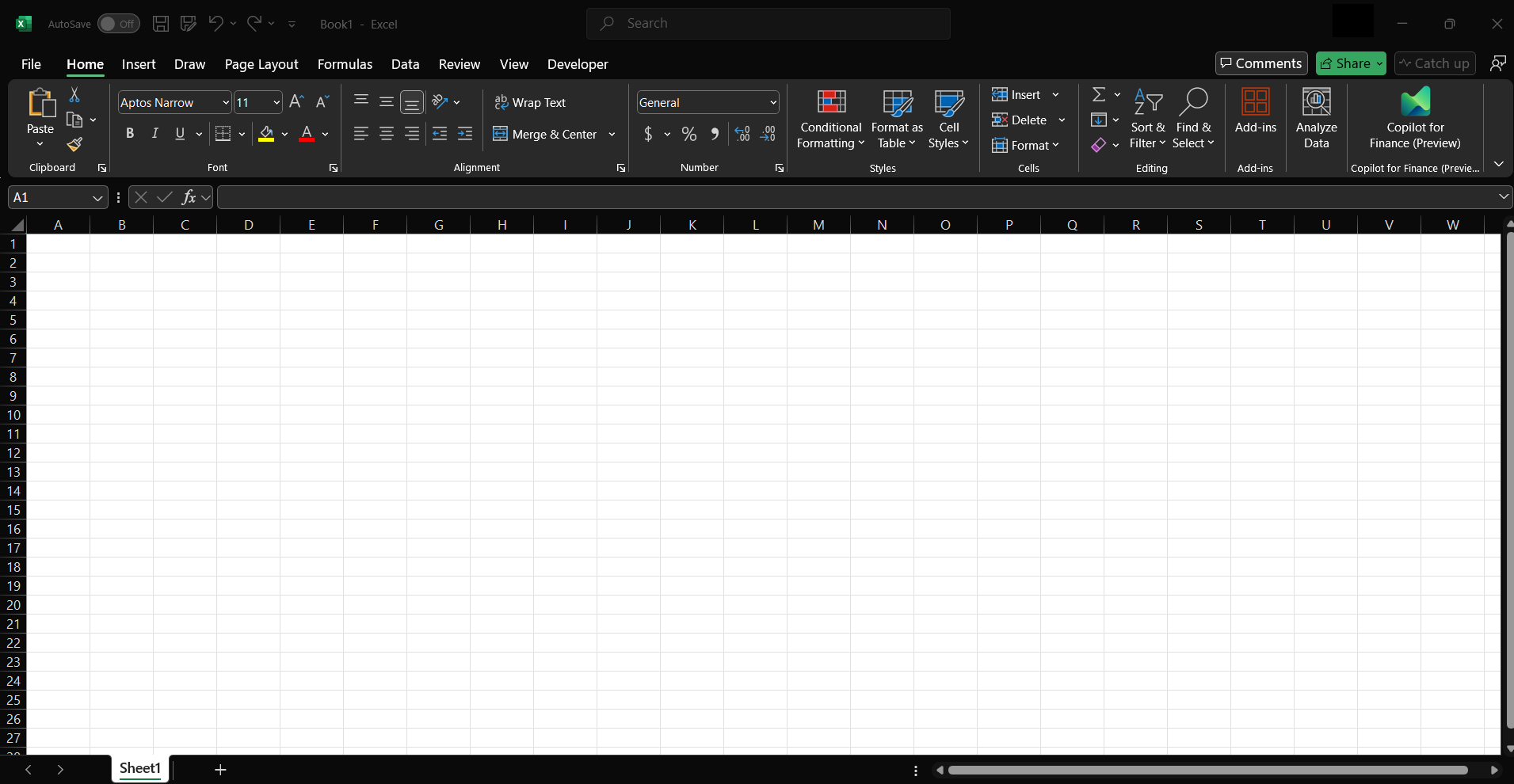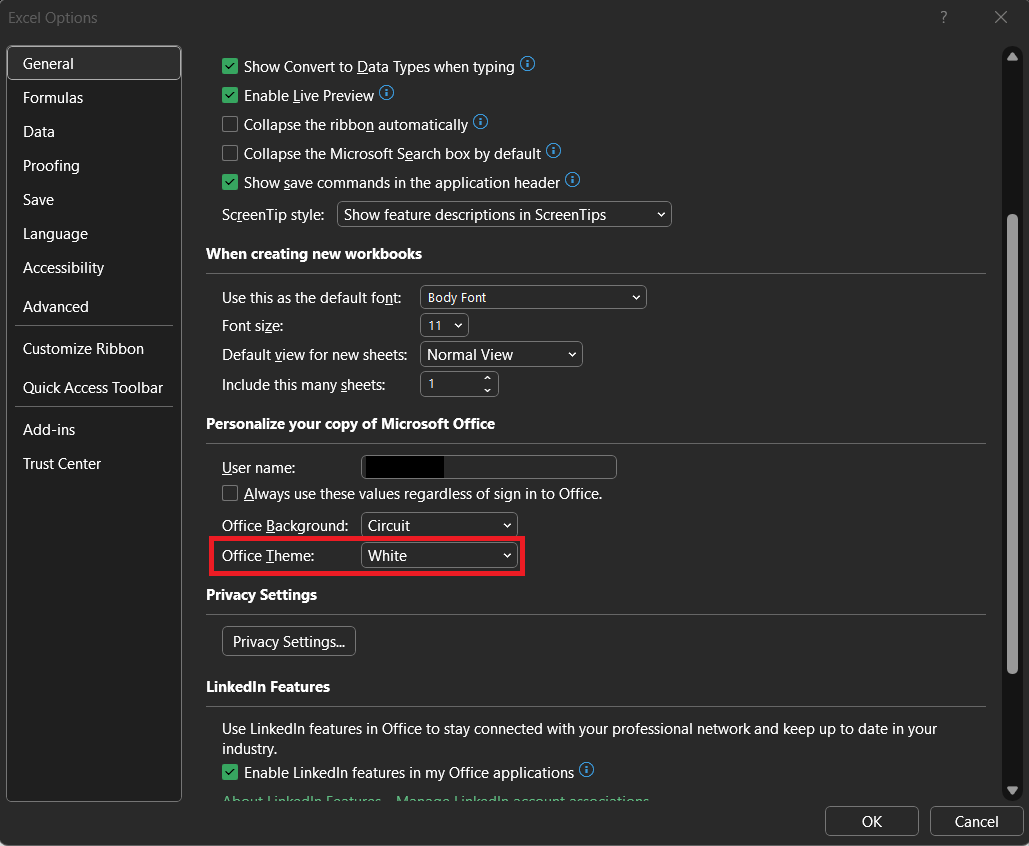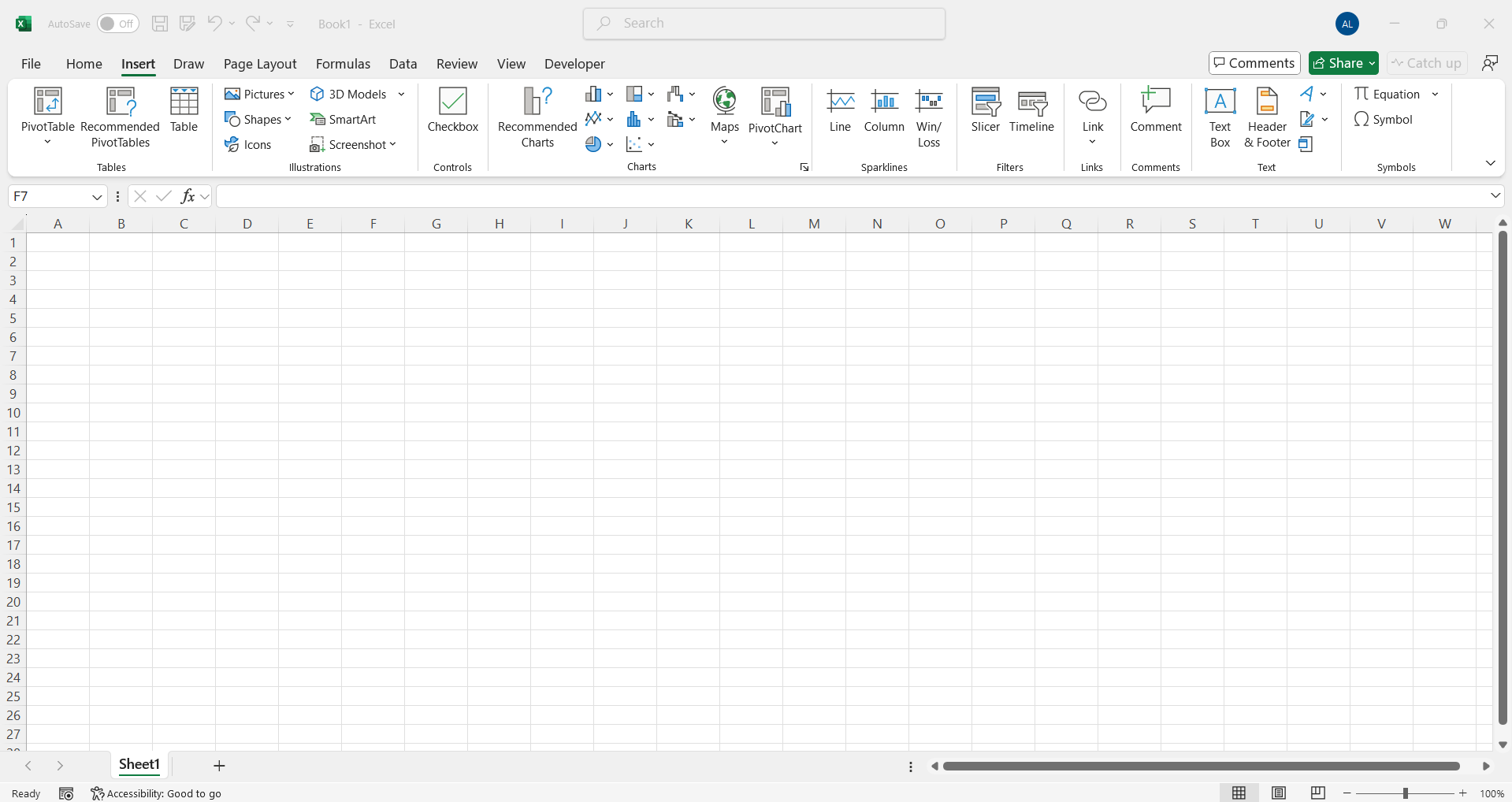Dark mode in Excel offers a sleek and eye-friendly alternative to the traditional bright interface, reducing eye strain during extended periods of use. This feature is especially beneficial for users working in low-light environments, as it makes data and formulas easier to read. In this article, we’ll explore how to enable dark mode in Excel, its advantages, and tips to optimize your experience.
Key Takeaways:
- Dark mode in Excel minimizes screen glare, reducing eye strain during prolonged use.
- Enabling dark mode is a simple process, enhancing both visual comfort and productivity.
- While dark mode improves comfort, text readability may require adjusting brightness or styles.
- Dark mode can conserve battery life on OLED screens by using fewer light-emitting pixels.
- Switching between dark and light modes in Excel is easy, allowing flexibility based on your needs.
Table of Contents
Unveiling the Hidden Feature
What is Dark Mode in Excel?
Dark mode in Microsoft Excel is a display setting that users can choose to minimize screen glare and reduce the white space’s harshness. It swaps out the light background colors for darker shades, providing a visually relaxing workspace that can help reduce eye strain, particularly when we work in low-light environments or for extended periods.
The Hype Surrounding True Dark Mode
There’s a growing buzz around true dark mode, a design concept where interfaces use deep black backgrounds with high-contrast elements to lessen the light emitted by screens. In Excel, this involves a shift from the traditional bright layouts to a darker, subdued scheme conducive to focus and endurance during prolonged use.
What truly elevates the discussion is how this isn’t simply about aesthetics but speaks to a considered approach toward digital wellness and ergonomics, making the clamor for an authentic dark mode option all the more relevant.
Making the Switch
Step-by-Step Guide to Enabling Dark Mode in Excel
Enabling dark mode in Excel is a straightforward process. Here’s how you can do it:
STEP 1: Go to the ‘File’ menu in the top left corner.
STEP 2: Select ‘Options’ at the bottom of the sidebar to open Excel Options.
STEP 3: In the Excel Options dialog box, click on ‘General’.
STEP 4: Under the ‘Personalize your copy of Microsoft Office’ section, find the Office Theme dropdown. Select ‘Black’ from the options to apply the dark theme.
STEP 5: Click ‘OK’ to confirm the changes.
Remember, the cells might still be white, but the surrounding interface, including the ribbon and background, will be in dark mode.
Troubleshooting Common Issues
How to Deal With Hard-to-Read Text Post-Dark Mode Activation
Switching to dark mode can sometimes lead to text readability issues if not configured correctly. If you’re squinting at your screen post-activation, here’s what to do:
- Adjust Your Brightness: Sometimes, screens aren’t calibrated for dark mode. Play around with your monitor’s brightness and contrast settings until you find relief.
- Use Excel’s Styles: Excel comes with built-in cell Styles that are dark mode compatible, providing a suite of formats perfect for a low-light environment.
- Customize Conditional Formatting: If you’re a fan of Conditional Formatting, revise your color choices to maintain readability. Choose lighter colors that show well against a dark background.
Remember, comfort leads to productivity, so take the time to adjust these settings until you find a happy medium.
Reverting to Light Mode When Necessary
Even though dark mode can be gentle on the eyes and may help to concentrate better, there are situations where you might need the clarity and brightness of the traditional light mode. Maybe you’re reviewing a document with collaborators who prefer a lighter backdrop, or you need the extra visual crispness that a white canvas provides.
Let’s walk you through reverting back to light mode in Excel:
STEP 1: Head to the ‘File’ tab once again, a familiar friend by now.
STEP 2: Seek out ‘Options’, your go-to for customization tweaks.
STEP 3: Under the ‘General’ tab, you’ll find the ‘Office Theme’ dropdown menu. Here, you can choose ‘Colorful’ to add a splash of color to the ribbon or ‘White’ for that classic Excel look, reverting the workspace to light mode. Apply the change by clicking ‘OK’.
Excel will shimmer back into light mode.
It’s that simple. It’s all about choices and Excel doesn’t lock you into one mode. Embrace the flexibility and toggle between the themes as your needs change throughout the day.
Exploring the Benefits
Eye Comfort and Reduced Strain During Long Work Hours
The difference in eye comfort and reduced eye strain when using Excel’s dark mode for elongated periods is quite palpable. I’ve found that by transitioning to a darker screen, the harsh white glare that exacerbates eye fatigue diminishes significantly. This is especially true for late-night spreadsheet wrangling when your eyes crave relief from a bright screen.
Moreover, the lowered brightness required when using dark mode can help prevent the dry eyes many of us experience after long hours in front of the computer. As a result, we can keep our focus sharp and efficiency high, even as the workday stretches on.
How Dark Mode Can Lead to Energy Conservation
The bonus benefit of switching to dark mode in Excel isn’t just comfort, it’s conservation. On devices with OLED or AMOLED screens, where each pixel illuminates independently, dark mode can be a real energy saver. How? Well, fewer light-emitting pixels mean less battery drain. So, not only does your gaze get a reprieve, but your device could have a longer life between charges, a double win for those of us who often find ourselves tethered to power outlets.
Consider this a small yet impactful way to contribute to energy conservation. Every watt saved adds up over time, making it a smart move for both your productivity and the planet.
FAQs
How do I turn Excel to Dark Mode?
To turn Excel to dark mode, open Excel, click on the ‘File’ tab, and select ‘Options’ from the sidebar. In the ‘Excel Options’ window, click ‘General’. Look for ‘Office Theme‘ and choose ‘Black’ from the dropdown menu. Click ‘OK’ to save the change. Your Excel interface should now display in dark mode.
Can Dark Mode be Used on All Versions of Excel?
Dark mode is not available on all versions of Excel. It’s supported in Excel 2019 and Excel for Microsoft 365. If you’re using an older version, you’ll need to update to access dark mode features.
What are the significant benefits of dark mode in excel?
The significant benefits of dark mode in Excel are that it reduces eye strain by lessening screen glare, conserves battery life on compatible devices as it uses less light, and may improve concentration by minimizing distractions. Additionally, it can help with better sleep by emitting less blue light. Dark mode can also enhance the visibility of certain colors, making it easier to work with data.
Do Charts and Graphs Also Turn Dark with the Mode?
When you switch to dark mode in Excel, the interface changes, but charts and graphs may retain their original color schemes. To match them with dark mode, you’ll need to manually adjust their fill and text colors for better visibility against the dark background.
How do I turn on Dark Mode in Excel on my Mac?
To turn on dark mode in Excel on your Mac, open Excel and navigate to the menu bar at the top of the screen. Click ‘Excel’, then ‘Preferences’, and ‘General’. Find the ‘Personalize’ section and select the ‘Office Theme’ dropdown menu. Choose ‘Black’ for dark mode and close the window to apply the change.
John Michaloudis is a former accountant and finance analyst at General Electric, a Microsoft MVP since 2020, an Amazon #1 bestselling author of 4 Microsoft Excel books and teacher of Microsoft Excel & Office over at his flagship MyExcelOnline Academy Online Course.



